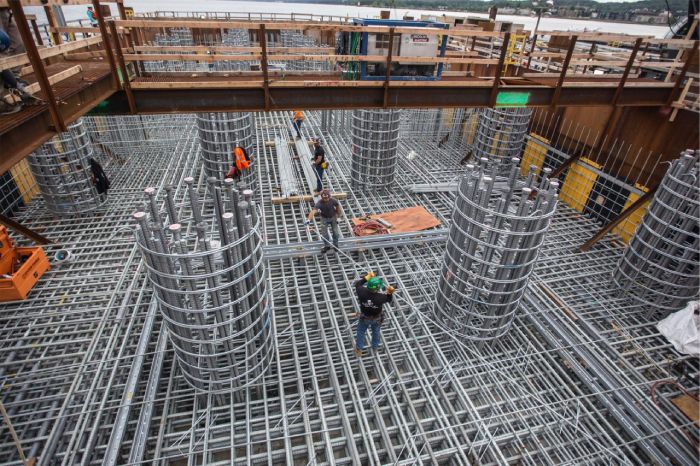As India advances with revolutionary infrastructures, such as smart cities and smart projects, materials like GFRP (Glass Fiber Reinforced Polymer) step in as promising partners. In Gujarat’s Smart Canal project, too, GFRP has a proactive role. The project aims to harness solar power by innovating the use of canals with the installation of solar panels on top of them, particularly the Narmada Canal. One of its most innovative moves has been the incorporation of Glass Fiber Reinforced Polymer (GFRP) Rebar, furthermore reinforcing the sustainable goals of the project.
Why GFRP Usage is a Master Move Here
Traditional steel reinforcement, though strong and widely used, is prone to corrosion, especially in water-retaining structures like canals. The Smart Canal Project required materials that could stand the test of time without demanding intensive maintenance. This is where GFRP Rebar stepped in as a smart alternative, offering a range of benefits ideal for all kinds of projects, especially those in challenging environments. Here’s more on that.
1. Corrosion Resistance in Harsh Environments
Canals are continuously exposed to moisture, silt, and often varying chemical conditions. Unlike steel, GFRP does not rust or degrade, ensuring a significantly longer service life without frequent repairs.
2. Lightweight and Ease of Installation
GFRP Rebar is approximately four times lighter than steel, making it easier to transport and handle, especially in canal zones. This helps reduce construction time, labour effort, and costs spent on logistics.
3. Longer Lifespan, Lower Lifecycle Costs
Not only is the initial material cost of GFRP lower than steel, but it also offers a better return on investment in the long run due to its minimal maintenance needs and extended lifespan. This is an important factor for public infrastructure.
4. Non-Magnetic and Non-Conductive
GFRP is perfect for projects that may be monitored using electronic sensors. Its non-magnetic nature makes it compatible with smart monitoring systems being integrated into the Smart Canal initiative, ensuring safety.
5. Sustainability and Green Impact
The use of GFRP supports Gujarat’s larger environmental goals. Its lower carbon footprint during manufacturing, along with reduced transportation emissions due to lower weight, supports the country’s drive toward greener construction practices.
Gujarat’s adoption of GFRP in the Smart Canal Project sets a benchmark for innovation and sustainable progress in the industry’s development. infrastructure. It proves how forward-thinking choices in materials can enhance the durability, efficiency, and intelligence of smart infrastructure. With the inclusion of GFRP Rebar, Gujarat is certainly laying the foundation for infrastructure that’s future-ready, durable, and eco-conscious.
Also Read –

